Famous Italian jewellery house Bulgari has been diversifying into high-end hotels for almost 20 years now. With the highest density of ultra-luxe hotels of any city in the world, Paris certainly has no shortage of lavish hotels, so Bulgari knew it had to up its game when it launched the highly anticipated Bulgari Hotel Paris, showcasing a taste of Italy at the heart of the Golden Triangle, just opposite the emblematic palace hotel, George V.
No other luxury goods brand has such an extensive hotel network as Bulgari, which already operates seven outposts and is constructing at least five more projects in Rome, Moscow, Tokyo, Miami, and Los Angeles by 2025 to create what its CEO Jean-Christophe Babin calls “a necklace of hospitality” encircling the globe. Just as Bulgari’s haute joaillerie is rare and precious, its hotels have been designed to become jewels of the hotel industry, fully immersing guests into the Bulgari universe. Its latest establishment contrasts with the other major five-star hotel, Cheval Blanc Paris, which parent company LVMH opened on the banks of the Seine.
Masterminded by the Milanese architecture and interior design firm ACPV Architects Antonio Citterio Patricia Viel, the decor of the Bulgari Hotel Paris with its 76 rooms and suites is undoubtedly its greatest asset, with its luxurious “Italianness” specific to the jewellery brand inspired by Roman art and architecture. Taking just a few steps within the interiors, you will find yourself basking in the glow of a triumphant Italy, glittering like a ruby around the neck of the City of Light. We discover a portrait of Italian actress Monica Vitti painted by Franco-Chinese artist Yan Pei-Ming, a black-and-white photograph of Sophia Loren, a signature eight-pointed star in black Zimbabwean granite on the floor echoing the one in Bulgari’s historic boutique on Via Condotti in Rome, and Bulgari jewellery sketches in the hallways.
(Related: A slice of paradise at Pimalai Resort & Spa)
Throughout history, Rome and Paris may have competed in terms of creativity, history, gastronomy, fashion, and art, but at the Bulgari Hotel Paris, they have called a truce. In a magnificent marriage of “la dolce vita” and “la vie en rose”, Italian hospitality blends with French craft. “We aimed to achieve a synthesis between this particular Parisian identity and the Roman spirit and meticulous craftsmanship of Bulgari,” says Patricia Viel. “The taste for colors, the tone of voice and the aesthetics that distinguish the Bulgari brand are translated in the hotels.” Tall, varnished eucalyptus doors crafted by the best cabinetmakers and straw marquetry decoration by Ateliers Lison de Caunes rub shoulders with Dedar fabrics in garnet, amethyst and gilded topaz, rare Gio Ponti ceramics, interlacing Pinecone lamps by Paola Navone for Fontana Arte, and sleek Antonio Citterio-designed furniture by B&B Italia, Flexform, Flos, and Maxalto.
“The selection of all design elements was geared towards evoking mystery, intimacy, and surprise,” explains Viel. Warm hues, hazelnut, chocolate, beige, and saffron bathe the public spaces and guestrooms. Italian refinement is found in every detail, such as the bookmatched Arabescato marble in the bathroom – a technical feat to cut the blocks with symmetrical veins – while the Parisian art of living is seen in the carpets’ chevron pattern, an elegant nod to French herringbone parquet, or a glass art piece engraved with the Bulgari Serpenti Constellation motif using the same historic technique as France’s master glassmaker, René Lalique. Emphasizing local identity, ashlar masonry characteristic of the capital’s high-profile monuments, from the Louvre to the Trocadéro, forms the façade that dates back to the 1970s. Viel notes, “The exterior lines were pared back to subtly reference Italian Renaissance architecture by creating elongated window openings that cover two floors, which is an element that recalls aristocratic palaces designed by Andrea Palladio.”
The idea behind the Bulgari Hotel Paris was born with the very first Bulgari hotel that Citterio and Viel designed in Milan in 2004, with an architectural concept anchored less around a destination than around the history of the brand and its bold way of styling. To fully grasp just how far Bulgari will go, you just need to head up to the two top floors. For the lucky few able to fork out €42,000 a night, the breathtaking 400-sqm, glass-walled Penthouse features a 600-sqm terrace with a lush rooftop garden planted with oaks, magnolias, redcurrant bushes, apple trees, and pear trees, offering a panoramic view of the entire city. “It celebrates the joy of spending time outdoors,” states Viel. “The entire place was designed to offer a perfect setting for an extraordinary stay in the heart of Paris, at every step of the guest experience.” Highlights include walls covered in parchment, leather bookcases, a double-height dining room with a Murano glass and gold chandelier by Barovier & Toso suspended from the ceiling, two kitchens, a bar, hammam, cigar cellar, and bedroom perfectly angled to have the Eiffel Tower as a night-light.
In the basement, a 25-metre-long swimming pool and spa with treatment rooms clad in Vicenza stone plunge you into a backdrop of emerald, jade, and gold. As a Roman company, Bulgari is keenly aware of the importance of water and thermal baths since antiquity, therefore the presence of a vitality pool adorned with a mosaic identical to the Roman baths of Caracalla, which also influenced the Bulgari Divas’ Dream jewellery collection. Before dinner, guests may savor an “aperitivo” at the bar with its stunning backlit ivory onyx counter, paired with cracked lacquer walls by Parisian studio Midavaine and vintage-effect mirrors. The hotel restaurant, Il Ristorante, helmed by Italian chef Niko Romito of the three Michelin-star restaurant Reale in Abruzzo, who oversees the F&B of all Bulgari hotels worldwide, serves meals using Ginori 1735 porcelain tableware, Salviati glassware, and Bulgari silverware.
Viel concludes, “In terms of what you might take away from our projects and buildings, I have to say that each of them represents values that make sense in their specific surroundings by considering what people need at that specific location. Our projects are, in fact, responses that we give with attention and sensitivity to the surrounding urban, natural, and social contexts.” After this scintillating Parisian diamond, we can’t wait to see what Bulgari has in store for us next year when it opens the Bulgari Hotel Roma on home ground.
For more information, click here







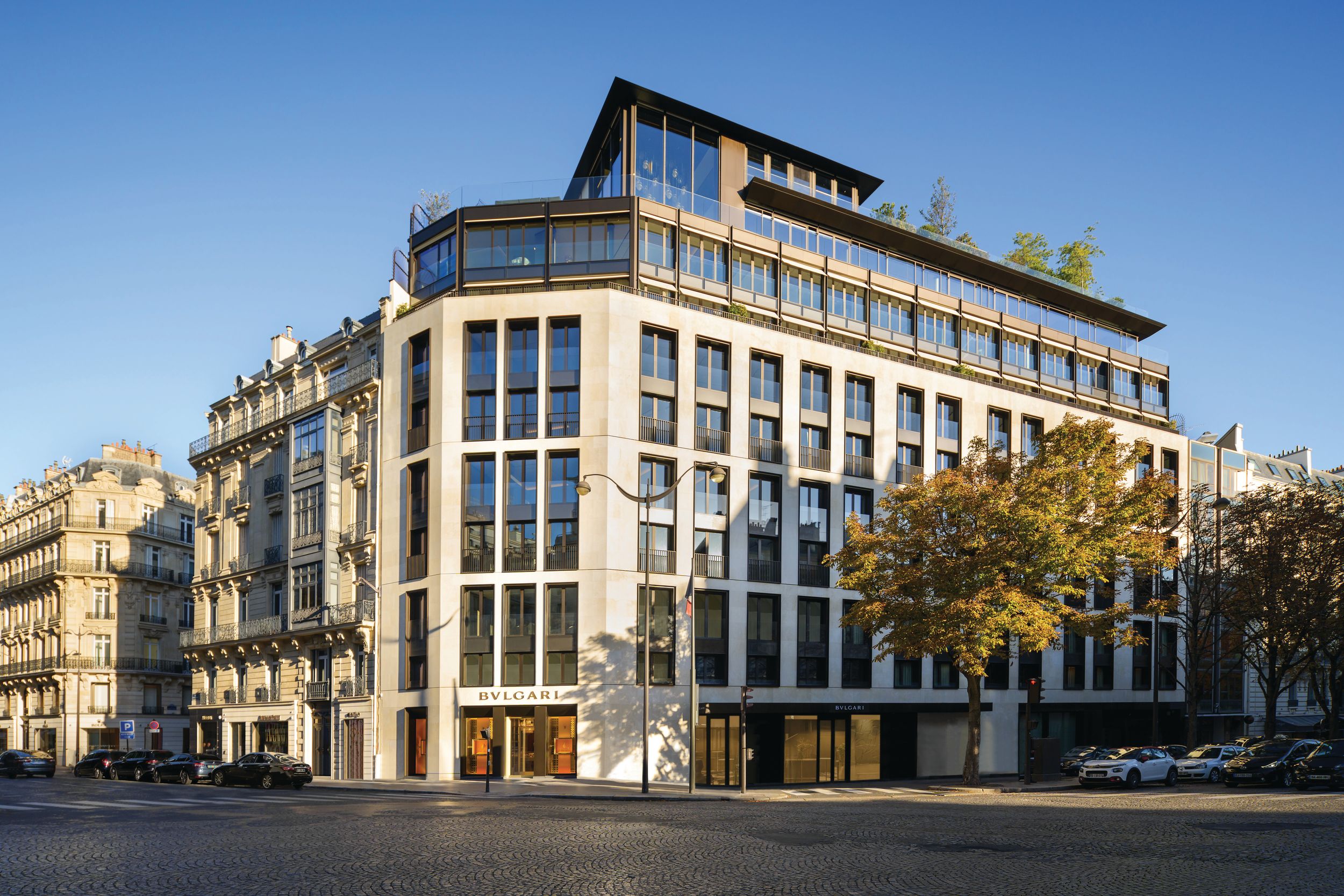 A taste of Italian glamour and opulance at Bulgari Hotel Paris
A taste of Italian glamour and opulance at Bulgari Hotel Paris
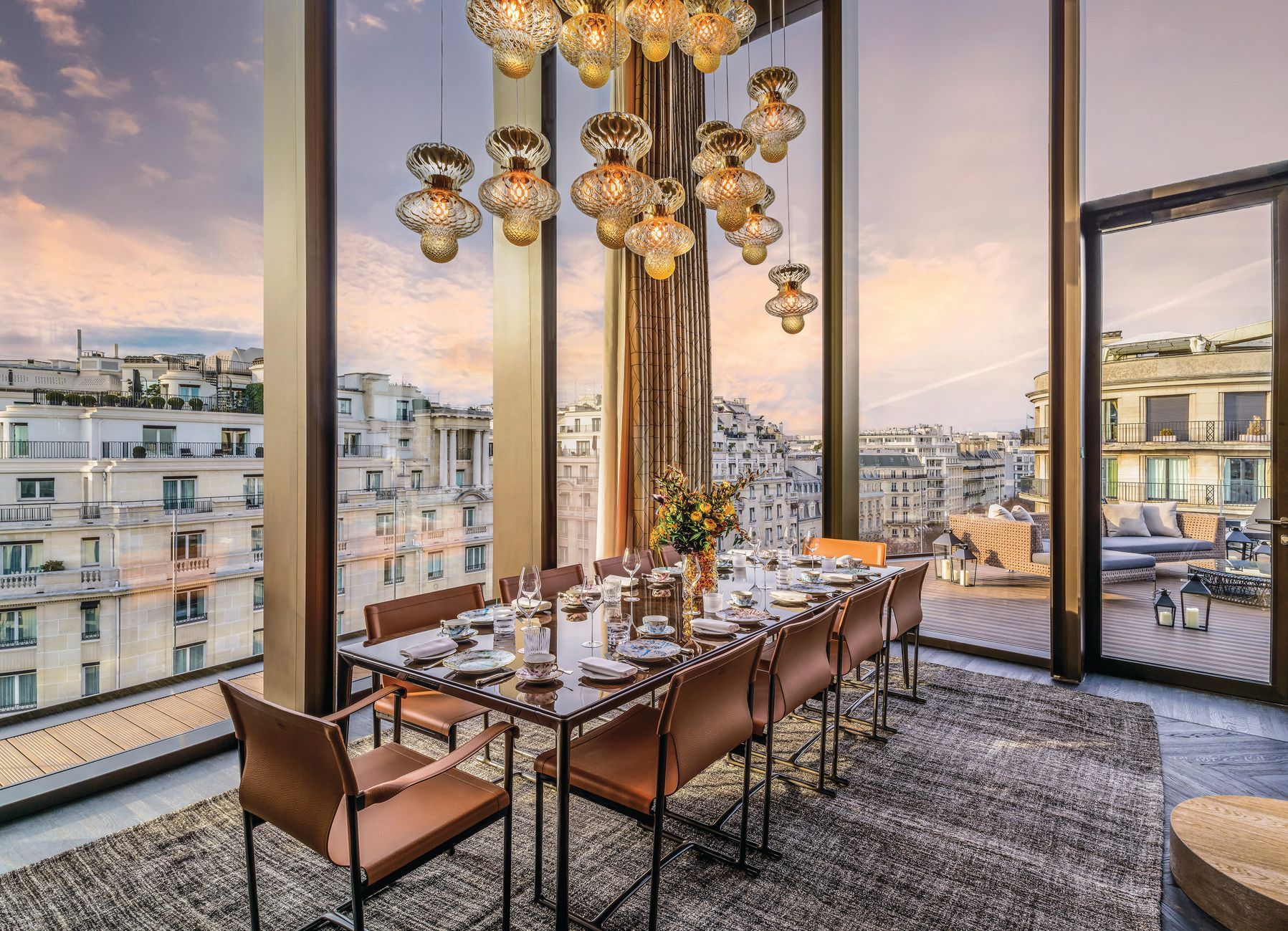 The penthouse dining room view
The penthouse dining room view
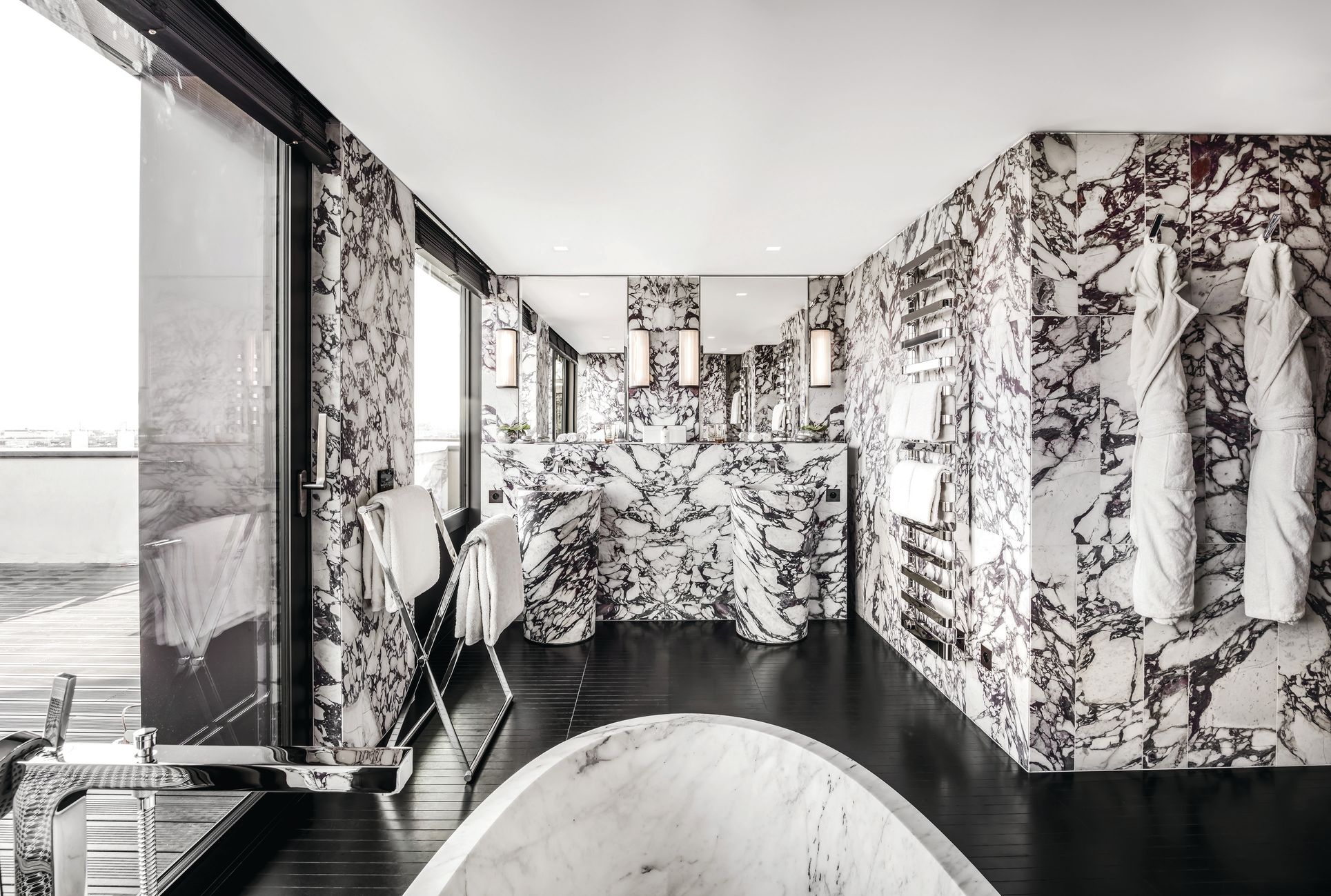
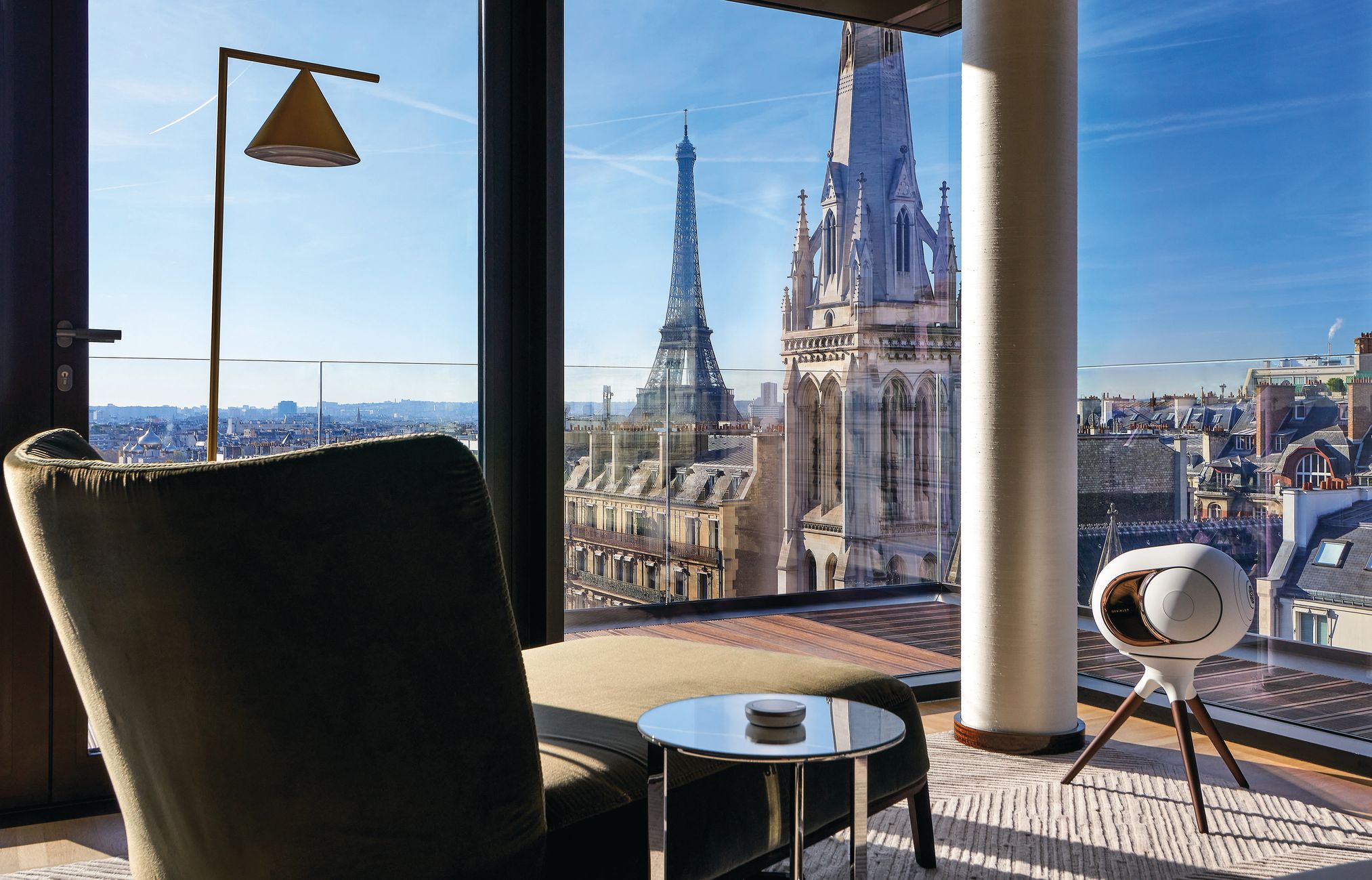


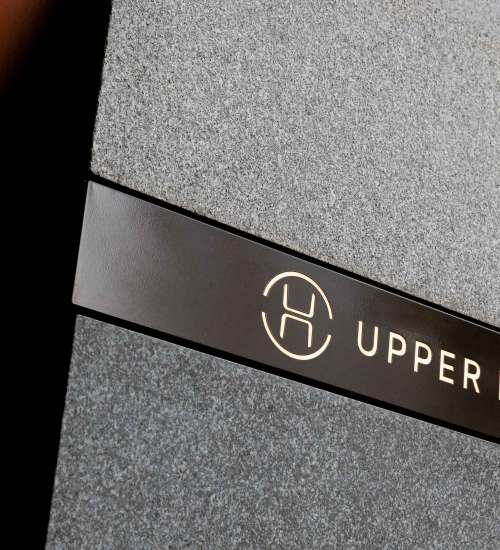

 Back
Back
